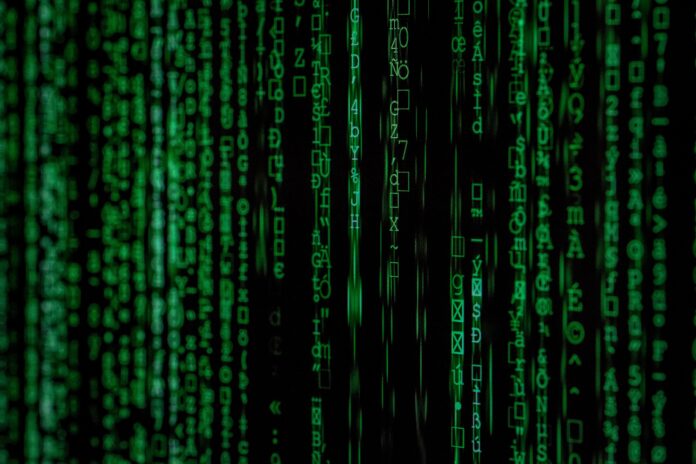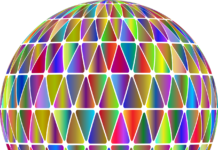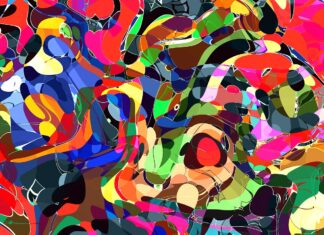In recent years, artificial intelligence (AI) has been making significant advancements in various fields. From autonomous vehicles to personalized medical treatments, AI has been revolutionizing the way we live and work. One of the leading figures in the AI industry is Geoffrey Hinton, a computer scientist and cognitive psychologist who has made significant contributions to the development of deep learning. Hinton’s work has been instrumental in the success of Google’s AI initiatives, including Google Translate and Google Photos.
Geoffrey Hinton was born in London, England, in 1947. He received his Bachelor’s degree in Experimental Psychology from the University of Edinburgh in 1970 and his PhD in Artificial Intelligence from the University of Edinburgh in 1978. Hinton has been a professor of computer science at the University of Toronto since 1987 and a fellow of the Royal Society since 2002. He is also a fellow of the Association for Computing Machinery and the Cognitive Science Society.
Here are five key features of Geoffrey Hinton’s AI contributions:
Deep Learning Pioneer:
Hinton is widely regarded as one of the pioneers of deep learning, a subset of machine learning that uses artificial neural networks to learn from data. Hinton’s work has been instrumental in the development of deep learning algorithms that have been used in various applications, including image and speech recognition, natural language processing, and autonomous vehicles.
Neural Networks:
Hinton has been working on neural networks since the 1980s, and his work has been instrumental in the development of deep neural networks, which are now widely used in AI applications. Hinton’s neural network models have been used in various applications, including handwriting recognition, speech recognition, and image classification.
Boltzmann Machines:
Hinton also introduced the concept of Boltzmann machines, which are probabilistic generative models that use a Markov chain Monte Carlo method to generate samples. Boltzmann machines are now widely used in machine learning applications, including natural language processing, image recognition, and recommender systems.
Google Brain:
In 2011, Hinton joined Google as a distinguished researcher and founded the Google Brain project, which focused on developing deep learning algorithms. The Google Brain project has been instrumental in the development of various AI applications, including Google Translate, Google Photos, and Google’s search algorithms.
Turing Award:
In 2018, Hinton was awarded the Turing Award, often referred to as the Nobel Prize of Computing, for his work on deep learning. Hinton shares the award with Yann LeCun and Yoshua Bengio, two other pioneers of deep learning.
Geoffrey Hinton’s contributions to the field of AI have been instrumental in advancing the state of the art in deep learning. His work has not only led to significant advancements in various AI applications but has also paved the way for future research in the field. As AI continues to evolve and change the way we live and work, Geoffrey Hinton’s contributions will undoubtedly play a significant role in shaping the future of the industry.
Geoffrey Hinton, a renowned computer scientist, is widely recognized as one of the pioneers of artificial intelligence (AI) and deep learning. He has made significant contributions to the field of machine learning and artificial neural networks and is best known for his work on the backpropagation algorithm, a method used in deep learning for training artificial neural networks.
Hinton has been working on artificial neural networks since the 1980s and his research has led to the development of numerous applications in the field of image and speech recognition, natural language processing, and more. His groundbreaking work on deep learning has been used in Google’s voice recognition software, speech-to-text translation, and image recognition.
In 2012, Hinton joined Google as a part-time consultant and focused on developing new AI systems. He played a critical role in the development of Google Brain, a research project that aimed to simulate the human brain using AI. His work on deep learning has enabled Google to create algorithms that can recognize objects in images and understand natural language. These algorithms have been used in numerous Google products, including Google Translate, Google Photos, and Google Voice Search.
Hinton has been awarded numerous accolades for his contributions to the field of AI, including the Turing Award, which is considered to be the Nobel Prize of computer science. He has also been named a Fellow of the Royal Society and a Fellow of the Association for Computing Machinery.
Hinton’s work has helped to revolutionize the field of AI, making it possible for machines to learn and make decisions in a way that was once thought impossible. His research has paved the way for numerous advancements in the field, and his contributions will undoubtedly continue to shape the future of AI for years to come.
Geoffrey Hinton is an exceptional AI scientist whose contributions have been instrumental in the development of deep learning technology, which has transformed the field of AI. He is widely regarded as the father of deep learning due to his pioneering work on neural networks, which form the backbone of deep learning models. He has been working in the field of artificial intelligence for over four decades and has made numerous contributions that have pushed the field forward.
One of Hinton’s significant contributions is his work on backpropagation, which is an essential algorithm for training neural networks. Backpropagation is a technique for efficiently computing the gradients of the error function with respect to the parameters of the neural network. This algorithm enabled researchers to train large, deep neural networks with many layers, which was not possible before. Hinton’s work on backpropagation in the 1980s paved the way for the development of modern deep learning methods, which are now used in many applications, including image recognition, natural language processing, and speech recognition.
In addition to his work on backpropagation, Hinton has made many other significant contributions to the field of AI. He has developed novel algorithms for unsupervised learning, which allows machine learning models to learn patterns in data without being explicitly told what to look for. One of his most well-known contributions in this area is his work on Restricted Boltzmann Machines (RBMs), which are a type of generative model that can be used for unsupervised learning.
Hinton’s research has also focused on developing deep learning models that can learn representations of data in an unsupervised manner. These models, known as autoencoders, learn to encode data into a compact, low-dimensional representation that preserves the most important information in the data. Autoencoders have many applications, including image compression, feature extraction, and anomaly detection.
Another area of Hinton’s research has been the development of neural networks that can learn to generate new data, known as generative models. Hinton has developed several generative models, including Variational Autoencoders (VAEs) and Generative Adversarial Networks (GANs), which have many applications in image synthesis, text generation, and speech synthesis.
In recent years, Hinton has also been working on developing more efficient ways to train neural networks. One of his recent contributions in this area is his work on capsule networks, which are a type of neural network architecture that aims to improve the efficiency and interpretability of deep learning models.
Overall, Hinton’s contributions to the field of AI have been significant, and his work has paved the way for many of the advances we see in the field today. His work has had a significant impact on many areas of AI, including computer vision, natural language processing, and speech recognition, and his contributions will continue to shape the future of the field for many years to come.






















